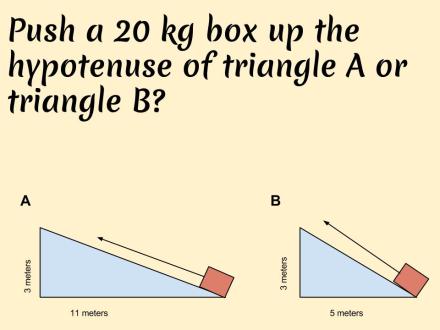I was recently in a cross panel learning team meeting and we were discussing open questions/problems to give our students. A fellow teacher, Marcus, gave the following problem to his class:
Find the distance from one corner of the box to the opposite diagonal corner.
Using this idea, along with the learning team’s focus on getting students to estimate before solving problems [as a way to engage all our students] I created the following 3Act math lesson. (thanks Dan Meyer for the tips)
Act 1- Corner to Corner
Give your students the weird little video.
Ask students What do you wonder? Or What would you like to know? Or What questions do you have?
Take the questions from students (all of them, write them on the board).
If the question: How long is the string? does not come out from them, pose it to them and say you would like to solve that one first!
Ask them to guess the length of the string, record guesses on the board.
Ask students to discuss with a partner and then share with you what information they would need to find the distance.
After they ask for the dimensions of the room share with them (one at a time) these pictures.
After each picture get the students to guess the lengths….then reveal the values. This part will be engaging for all! Hopefully they cheer or boo when after you reveal the lengths.
and the reveal……
Once the lengths are revealed, either discuss or teach the Pythagorean Theorem. Give them time to develop the answer!
Reveal the answer after students find the length.




































